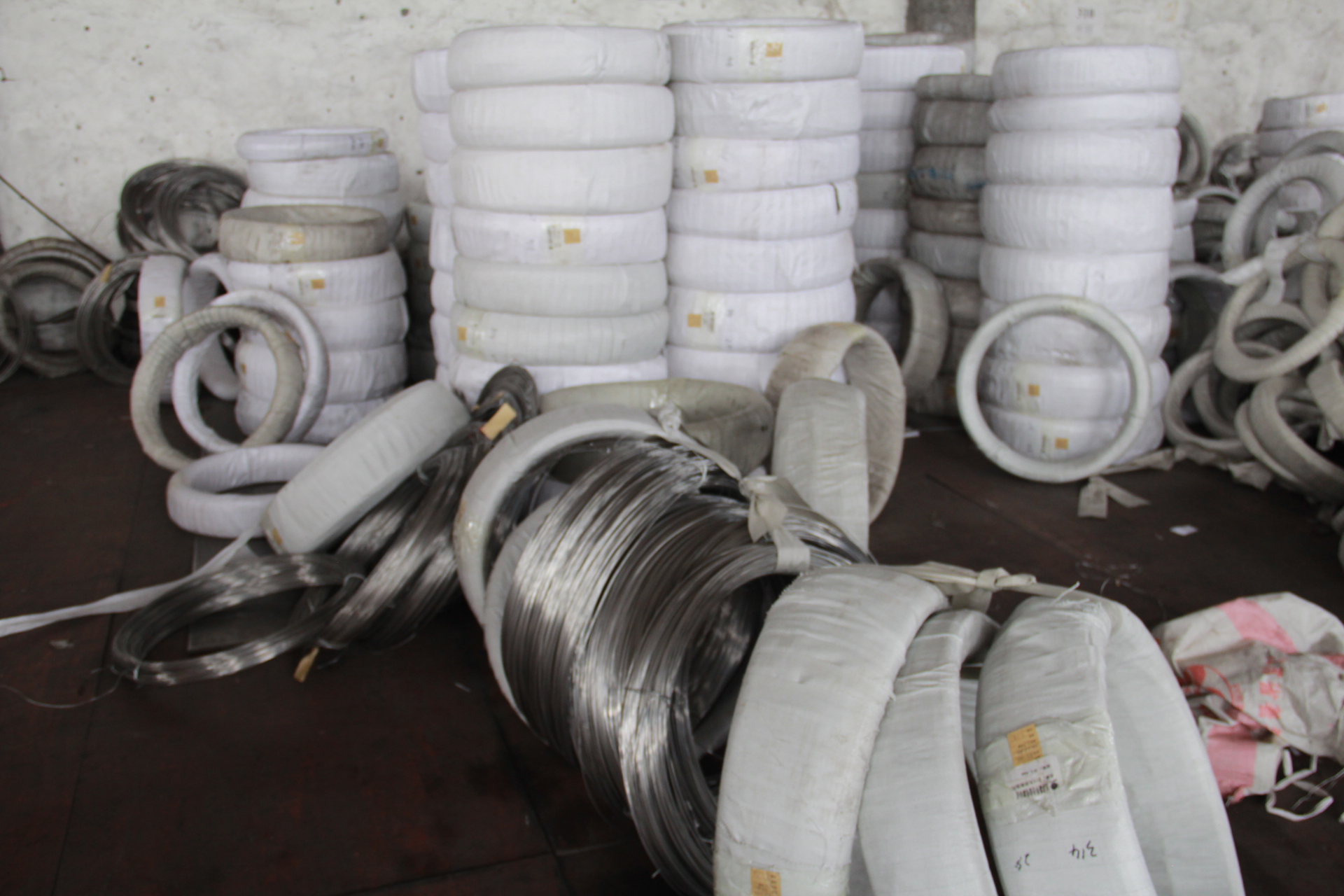Inverters are key equipment in solar photovoltaic systems. Solar photovoltaic cells convert light energy into direct current, and then reverse the direct current into 50 Hz, 230/400 volt three-phase or 230 V single-phase AC through the inverter.
According to the use of inverters in photovoltaic power generation systems, they can be classified into two types: stand-alone power supply and grid connection. According to the waveform modulation method, it can be divided into a square wave inverter, a staircase wave inverter, a sine wave inverter, and a combined three-phase inverter. For inverters used in grid-connected systems, transformers can be classified into transformer-type inverters and transformer-less inverters based on the availability of transformers.
At present, most of the PV systems used in the market are centralized inverters. The so-called centralized inverter is a solar photovoltaic cell connected in series to reach a high-voltage direct current, and is converted to AC through an inverter. However, in photovoltaic power plants, solar photovoltaic cell components, local shadows, different tilt angles and orientation, dirt, different ageing, small cracks, and different temperatures of different photovoltaic panels can easily cause system mismatch and result in lower output efficiency. The drawbacks, which in turn lead to a substantial reduction in the overall output power, has also become a problem that centralized inverters cannot solve.
To solve this problem, new architectures such as "micro-inverters" and "micro-converters" have emerged in recent years. In addition, each solar cell module is equipped with a micro-inverter power supply, and the output power of each module is optimized to maximize the overall output power. Even if some panels are affected by shadows, dust coverage, etc., the inverter optimizer can still track the best local MPP (Maximum Power Point) and recover more than 57% of the lost power. At the same time, the power optimizer converts the input voltage/current to different output voltages/currents to maximize the energy transfer in the system.
Micro-inverter definition
Micro-inverter technology proposes that the inverter be directly integrated with a single PV module, and each PV module be individually equipped with an inverter module with AC/DC conversion function and maximum power point tracking function, to directly convert the power generated by PV modules. AC power is used by AC loads or transmitted to the grid.
When one of the panels does not work well, only one of this will be affected. Other photovoltaic panels will operate at optimal operating conditions, making the overall system more efficient and generating more power. In practical applications, if the string inverter fails, it will cause several kilowatts of panels to fail to function, and the impact of micro-inverter failures is quite small.
Micro inverters have several advantages
1. Try to improve the power generation of each inverter power module and track the maximum power. Since the maximum power point of a single module can be tracked, the power generation of the photovoltaic system can be greatly increased, which can increase by 25%.
2. Adjust the voltage and current of each row of photovoltaic panels until all are balanced to avoid system mismatch.
3, In addition, each module has a monitoring function to reduce the maintenance costs of the system, the operation is more stable and reliable.
4, flexible configuration, in the home market can be installed in accordance with user financial power photovoltaic battery size.
5, no high voltage, more secure, easy to install, faster, low maintenance and installation costs, less dependent on the installation service provider, so that the solar power system can be DIY by the user.
6. The cost is comparable to or even lower than that of a centralized inverter.
Corrosion-Resistance Alloy,mainly refers to ordinary stainless steel resists atmosphere and sea water corrosion such as 300 series stainless steel including 304,316L, 317L etc.; comparatively strong corrosion resistance material including austenitic stainless steel 904L, 254SMOand Dual phase steel 2205,2507 etc.; Corrosion Resistant Alloy containing Cu 20 alloy; In comparison to non-metal corrosion resistant materials, corrosion-Resistance Alloy main refers to iron alloy (resistance to corrosion); nickel alloy (Ni-Cr alloy, Ni-Cr-Mo alloy, Ni-Cu alloy and other active metal.

Corrosion-Resistance Alloy
Corrosion-Resistance Alloy,Corrosion-Resistant Alloy Tube,Corrosion-Resistant Alloy Welding Wire,Corrosion-Resistant Nickel-Chromium Alloy
Jiangsu nickel alloy Co.,Ltd , https://www.xhalloy.com